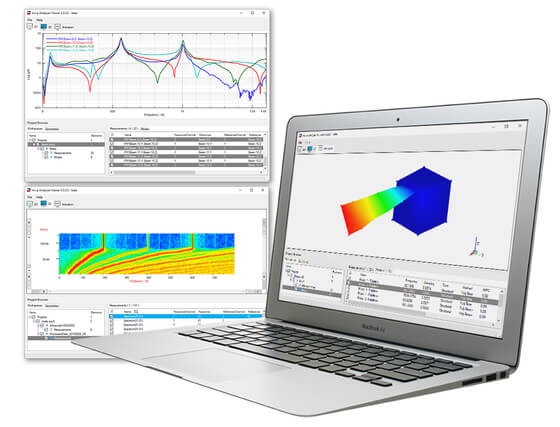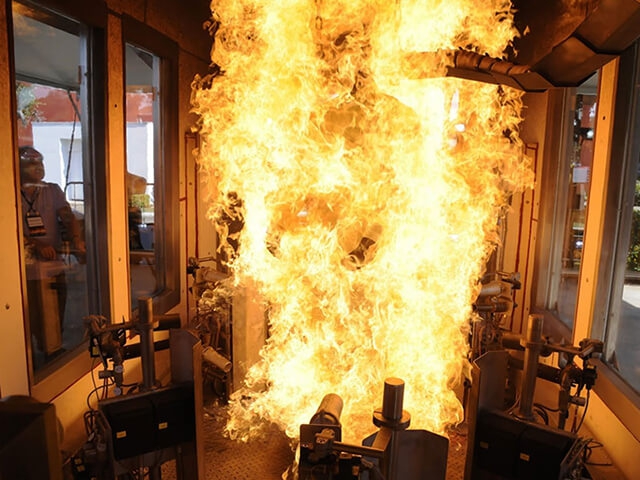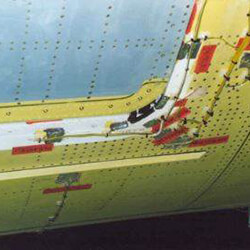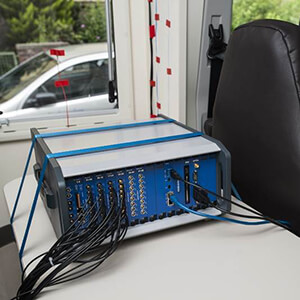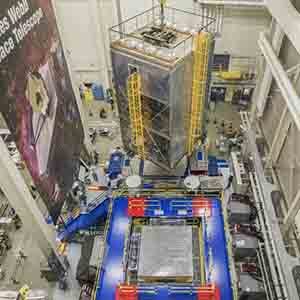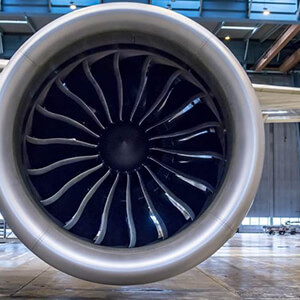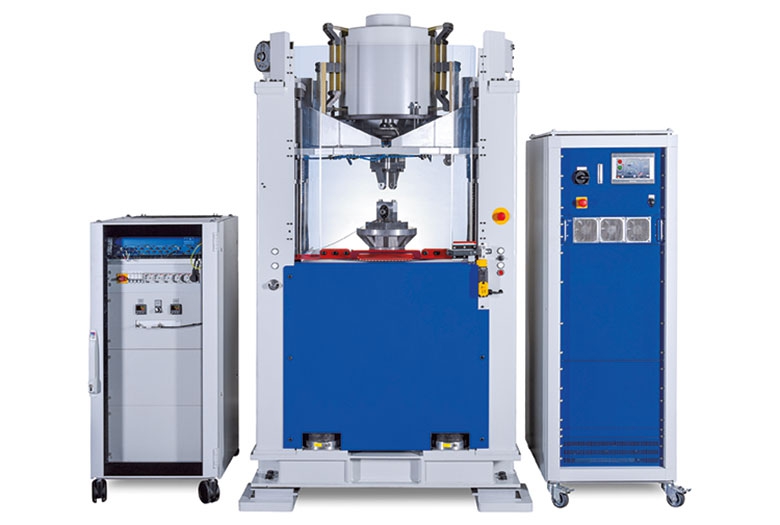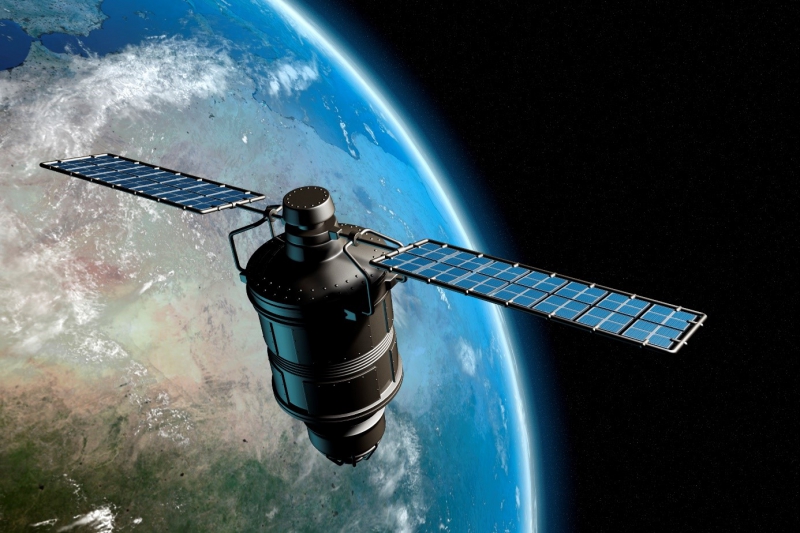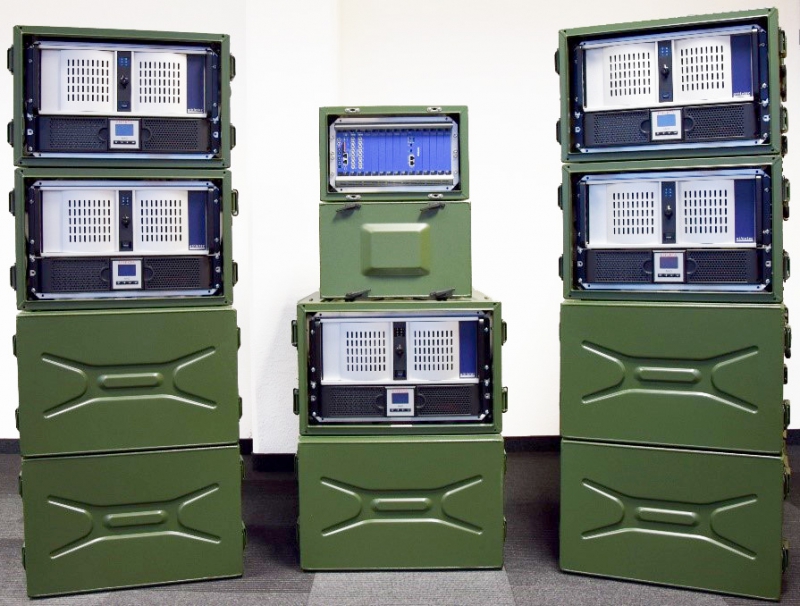- Contact 0870 350 7767
- |
- Advertise
Vibration Testing of Rearview Mirrors
 News and PR from m+p International UK Ltd - Published 09 August 2019
m+p international’s dynamic signal analyzer is used to evaluate the performance of rearview mirrors during prototype development and in production.
News and PR from m+p International UK Ltd - Published 09 August 2019
m+p international’s dynamic signal analyzer is used to evaluate the performance of rearview mirrors during prototype development and in production.In the lab, the mirror assembly is mounted on a rigid test rig and subjected to excitation coming from a force hammer. Measurements of the frequency response function (FRF) of the mirror glass are made using m+p international's Impact Wizard, which provides facilities such as selection of data points/nodes, double impact detection/rejection, and visual measurement feedback to simplify and optimize data acquisition. Measurements are taken using a single three-axis accelerometer mounted at various points on the mirror in turn. The measured FRFs are analyzed by m+pÂ’s Advanced MDOF Wizard to calculate modal parameters: frequency, damping and mode shape. The results are also compared with a finite element analysis (FEA). Based on the results, the design of the mirrorÂ’s components can be tuned by small adjustments to the molding process and component shape.
Drive testing is performed on a vehicle driven around a test track at different speeds. Measurements of the frequency spectrum are taken using three-axis accelerometers mounted on each mirror.
Other announcements from m+p International UK Ltd
-
Airbus Defence and Space – Our Customer for Over 30 Years
This year we celebrate our 40th anniversary. It is a good occasion to look back on the company history and the people behind it.
24 Aug 2020
-
High-Frequency Test Rig for Elastomer Mounts Delivered to Asia
The vibration transmission characteristics of engine mounts, in particular the dynamic stiffness, are of key importance to NVH engineers.
24 Aug 2020
-
Free Viewer for UFF, TXT, Hewlett-Packard, Teac, MTS file formats
Have a data file from an acquisition system that is no longer supported?
24 Aug 2020
-
m+p international's 40 Year History
Since our inception, m+p international has continuously developed successful products and realized countless projects globally.
24 Aug 2020
-
Shock Measurement and Analysis
See how m+p Analyzer is used for Classical Shock and Shock Response Spectra (SRS) acquisition and processing.
13 Aug 2019
-
DuPont: Improved Fire Safety with the Help of m+p Coda
We are proud to support our customer, DuPont, in the testing of Nomex®, a flame-resistant fiber used in protective clothing for firefighters, police officers, industrial workers and many others.
13 Aug 2019
-
Structural Testing and Strain Gauge Measurements
m+p Coda - the perfect solution for experimental structural testing and multi-axis strain and stress analysis from tens to thousands of input channels
09 Aug 2019
-
m+p Vibration Controllers Improve Quality of High Cycle Fatigue Testing
The installation of several high-frequency vibration controllers from m+p international has not only helped improve the overall test stability and quality, but also reduced the setup time.
09 Aug 2019
-
Modal Analysis: Controlled Nonlinearities
A testbed structural model was designed, modeled, tested and correlated. This structure was designed to incorporate realistic, controlled nonlinearities. Modal tests with m+p software and hardware.
09 Aug 2019
-
Multi-Channel Measurement Front-End
m+p VibMobile was engineered for the requirements of mobile multi-channel noise and vibration measurements and dynamic signal analysis as well as demanding data acquisition and monitoring applications.
09 Aug 2019
-
NVH Testing in a Vehicle
Recording structural vibrations and sound pressure of a motorhome to analyze its vibrational behaviour on different road surfaces.
09 Aug 2019
-
m+p Coda Monitors Lifting of James Webb Space Telescope’s OTIS
Real-time monitoring of forces with m+p Coda software made possible the safe lifting and mating of components for NASA’s large James Webb Space Telescope
09 Aug 2019
-
Aircraft Strength Testing
Chinese national test center selects advanced products from m+p international for its vibration control and strain tests.
09 Aug 2019
-
Vibration Testing: Operational Deflection Shapes from Sine Analysis
How to gain additional information in vibration testing, such as operational deflection shapes from sine analysis.
09 Aug 2019
-
m+p VibPilot Front-End with Battery
m+p VibPilot front-end now available with battery option for mobile vibration testing and dynamic measurements.
09 Aug 2019
-
Automotive: High-Frequency Dynamic Stiffness Test Rigs for Elastomer Mounts
m+p international developed a new generation of test rigs allowing to measure the dynamic stiffness of elastomeric mounts up to 3,000 Hz.
09 Aug 2019
-
Revolutionizing the Acoustic Testing of Satellites
Direct Field Acoustic Control System (DF-ACS) for in-house testing of minisatellites.
09 Aug 2019
-
High-Speed Multi-Channel Data Acquisition
High-speed dynamic signal acquisition system for high-channel counts. Anti-vibration boxes optimally protect the valuable electronics.
09 Aug 2019
-
Cooperation between Brüel & Kjaer and m+p international
Brüel & Kjaer will offer m+p international's m+p VibControl vibration control systems together with LDS shakers as a complete solution to its customers.
09 Aug 2019






